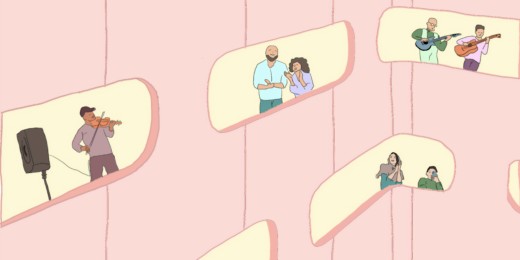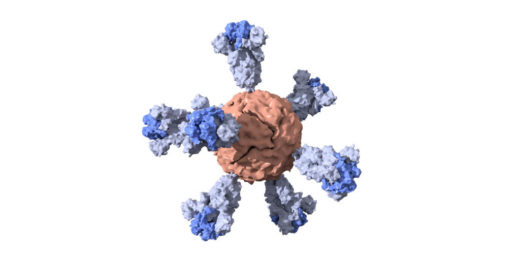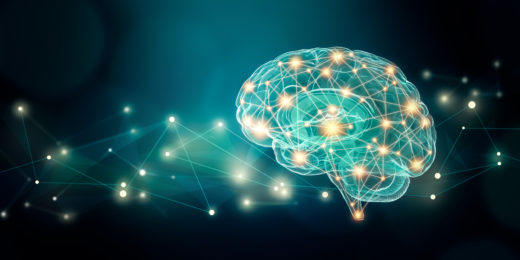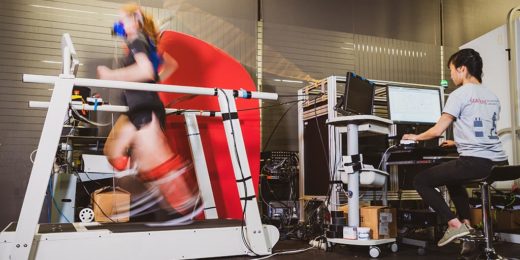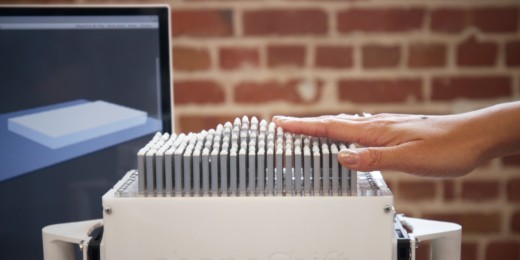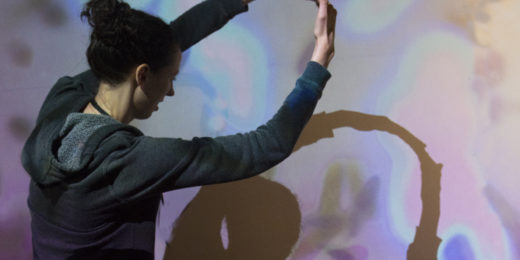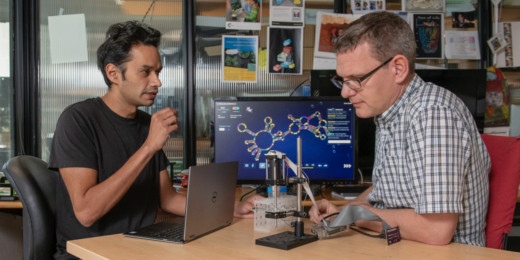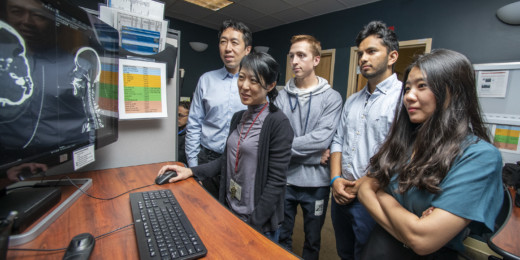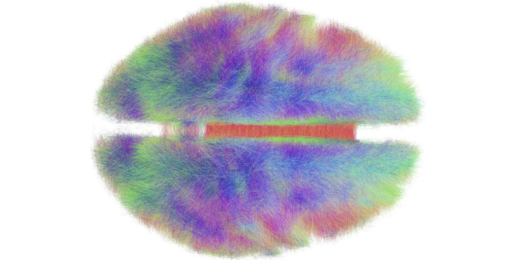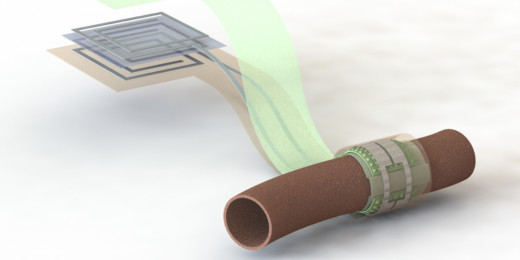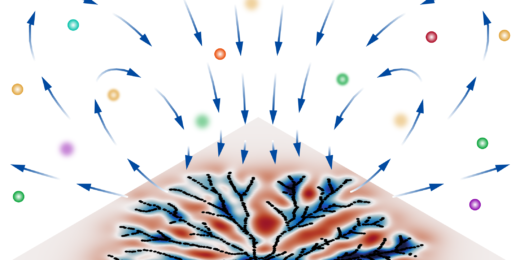Stanford pathologist speaks to the likelihood of undetectable COVID-19 and best practices for staying safe in the face of uncertainty.
Author: Taylor Kubota
Capturing how our choices shape epidemics (and the COVID-19 pandemic)
Years before COVID-19, researchers started to develop a mathematical model to better represent how behavioral changes can affect the course of an epidemic.
Stanford nanoparticle COVID-19 vaccine shows early success in mice
Stanford University researchers have developed a nanoparticle vaccine that has shown in mouse studies to effectively build coronavirus immunities.
Mapping how the brain thinks, neuron by neuron
Stanford researchers have created a molecular probe designed to map how the brain works by tagging, recording and controlling functions of individual cells.
Device could help patients test blood ammonia levels at home
After treating a patient with an unusual ammonia metabolism problem, a Stanford researcher assembled a team to reimagine ammonia blood testing.
Researchers formulate new ultrafast insulin
Stanford University bioengineers are developing a faster-acting formulation of insulin that can help diabetes patients better regulate their blood sugar levels.
Motor-powered ankle exoskeleton could make running easier, faster
Stanford bioengineering researchers find that a motorized device that attaches around the ankle and foot can drastically reduce the energy cost of running.
New brain implant device could record activity in thousands of neurons
Stanford University researchers created a device that, if implanted in a brain, could help record the activity of thousands of neurons.
Enjoy 3D modeling but have trouble seeing? New Stanford invention opens up maker-world to the visually impaired
Researchers, working with those who are visually impaired, have developed a touch-based display that can produce physical, temporary models of objects.
Dancing with microbes at the Exploratorium
Stanford researchers examined how people react to museum exhibits offering an immersive experience with the single-cell organism Euglena.
How playing games can help science
Stanford researchers are developing scientific discovery games that allow players to contribute to experimental laboratory science.
Artificial intelligence tool helps find brain aneurysms
Stanford researchers have designed a new AI tool to help clinicians identify brain aneurysms. HeadXNet is designed to work with, not replace, radiologists.
Climate change can affect nutrient content of crops, harming human health
Elevated carbon dioxide levels may lead to reductions in the nutrients in common crops such as barley, wheat and rice, increasing malnutrition.
What is a concussion? Stanford researchers work to clarify
Researching the symptoms and severity of concussions will help researchers get a more detailed understanding of concussions.
This sensor can monitor blood flow – then disappear
An interdisciplinary team of Stanford researchers have developed a implantable, biodegradable, wireless and battery-free blood flow sensor.
Biofilms feed with swirling flows
By learning more about the flows generated by a biofilm, researchers may discover new ways to cut off its supply of nutrients.



